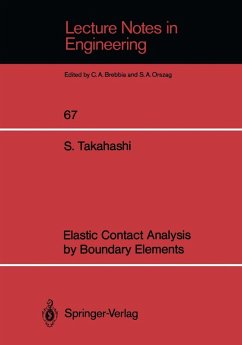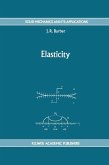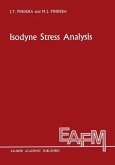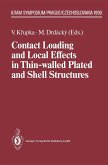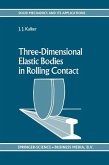This book presents a new formulation of the boundary element method for two-dimensional and axisymmetric contact problems. The solution procedure includes the effects of non-frictional as well as frictional contact between elastic bodies. Following a literature survey of various experimental and analytical approaches for solving elastic contact problems, a comprehensive review of numerical techniques used for analyses of contact problems is presented. The boundary element formulations for two-, three-dimensional and axisymmetric problems in elasticity are derived and numerical implementation using constant and linear elements is described. For analysis of contact problems, boundary elements are employed to compute flexibility matrices representing the relationship between tractions and displacements only at nodes coming into contact. The contact analysis is performed using the flexibility matrices in conjunction with contact boundary conditions. In this approach, only equations corresponding to the node coming into contact are required and consequently very efficient computation is achieved. Furthermore, the boundary element analysis and the contact analysis are performed separately, which makes it easy to implement the contact analysis procedure into boundary element codes. A new contact criterion for nodes coming into contact is proposed. Load incremental and iterative schemes are used to obtain accurate solutions. Some classical Hertz and non-Hertz contact problems are studied and results are found to be in good agreement with analytical and other numerical solutions.
Dieser Download kann aus rechtlichen Gründen nur mit Rechnungsadresse in A, B, BG, CY, CZ, D, DK, EW, E, FIN, F, GR, HR, H, IRL, I, LT, L, LR, M, NL, PL, P, R, S, SLO, SK ausgeliefert werden.

